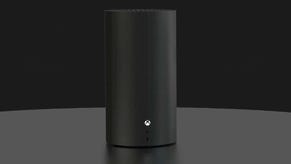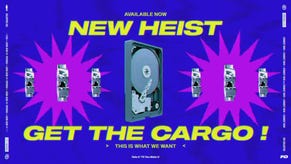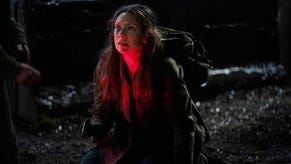The Hearthstone you didn't get
Looking back at the way Blizzard changed card values during the closed beta.
If you only started playing Hearthstone recently when it went into open beta, then hopefully one of the things you're starting to appreciate as you become more proficient is the subtle balance that exists among the hundreds of cards available in the initial version of the game.
It's by no means perfect, but while different play styles and deck concepts go in and out of fashion and cards themselves offer a wide range of values and effects, it's noticeable when constructing a new deck that you always have multiple effective cards vying for your attention in each mana-cost bracket. You always have to make tough choices.
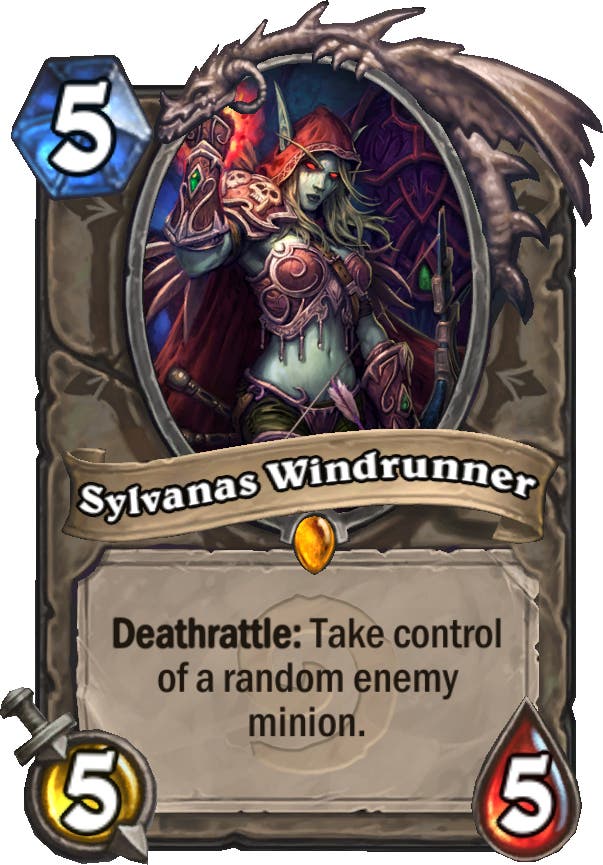
This is no accident. Blizzard's philosophy of card balance, explained by lead designer Eric Dodds in a recent blog post, makes it clear that the small team making the game wants each turn to be fun and challenging, like solving a puzzle. Players who prefer to build toward devastating one-turn-kill (OTK) decks may object to that direction, but for the majority of players it will make a lot of sense.
It wasn't always this way, though. Blizzard did a solid job of fitting out the basic card collection before Hearthstone went into closed beta last August, but exposing the game to many more people inevitably highlighted imbalances, leading to a series of patches that altered card values - something the developer hopes not to do again now the game is in open beta.
So what changed? After played the game religiously since October, I've been back through the old patch notes and picked out a few alterations that stood out to me. If you're new to the game, this is a chance to marvel at how things used to be, and if you're an old hand then it's an opportunity to get all misty eyed and nostalgic. Either way, it's a chance to rabbit on about the game a bit more. If you're a Hearthstone player, then you will surely recognise that this is a worthwhile activity.
Defias Ringleader
This is our town, scrub! One of the earliest issues with Hearthstone identified by beta players - long before I started playing, by the way, so I am leaning on testimony to some extent - was the power of the original Rogue class. The Rogue has a range of spells like Backstab, a zero-cost card that does 2 damage to an undamaged minion, which suit her origin as the master of stealth and hidden attacks, but in the early days the mana cost of these gambits was often too low while their impact was a little too deadly. This led to a lot of people favouring the Rogue above every other class.
When Blizzard took action in the first major patch, it tweaked a range of cards including Conceal, Preparation and Headcrack (a personal favourite), but the one that stands out to me looking back was Defias Ringleader. The Ringleader is still a potent force now, but the key to his usefulness is not the basic values - a 2-cost card with 2 attack and 2 health is pretty average - but his combo effect. Play the Ringleader after another card and he also summons a 2/1 Defias Bandit to stand alongside him. Yeah, beat it!
Going second, then, a Rogue who plays The Coin - granting an extra mana crystal that turn - is able to drop the 2/2 Defias Ringleader and his 2/1 buddy as an opening play, presenting a formidable obstacle to the player across the board.
What made the Defias Ringleader particularly special in the early days, though, was that its values were even higher - it had 2 attack and 3 health. Along with the Bandit, that meant a miserable opening for any opponent who saw it on turn one. So miserable, in fact, that some people just couldn't take it.
Blizzard's famous nerf bat swiftly followed.
Unleash the Hounds
These dogs had a topsy-turvy time of things during closed beta. Originally a signature card for the Hunter class, the 1-mana Unleash the Hounds would give any Beast minions on the board a +1 attack boost and Charge, meaning they could attack without having to rest for a turn. Inevitably, this was how Hunters chose to kill their prey: whack down a few Beasts, buff them and then run them into the enemy's face. Not cool! At least that was Blizzard's view.
The developer's solution, however, swung things the other way. The new 4-cost Unleash the Hounds summoned a 1/1 Hound with Charge for every enemy minion on the board. In theory this changed the card from a devastating finisher into more of a situational area-of-effect attack - a way of responding to difficult boards by thinning out the Hunter's enemies. Except it was too expensive, as patch five acknowledged, reducing the cost to 2 mana.
But has this let the dogs out a bit too effectively again? I 'only' play Hearthstone for a couple of hours a day, so broad play trends often escape me, but the lovable fanatics on The Angry Chicken podcast report that Hunters are everywhere at the moment, presumably with their hounds in tow. Only time will tell if the player base is able to unpick their strategy and develop effective counters.
Mind Control
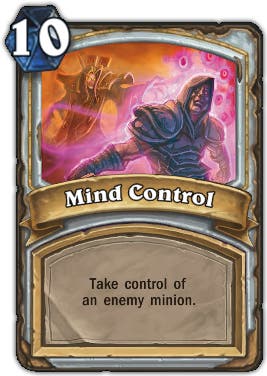
Yeah, we need to talk about the Priest. Widely hated in the Eurogamer office at the back end of last year when we all got stuck into Hearthstone, the Priest frustrates the other player, zapping minions with his Shadow Word spells, stealing cards from his opponent, and using a range of healing spells to buff seemingly innocent minions like Northshire Cleric and draw cards at a faster rate.
It was bad enough coming up against Priests who always seemed to revel in accompanying every dick move with a "Sorry" emote, but what really made Anduin Wrynn feel more like Anduin Auto-win was his 8-mana Mind Control spell. In the late stages of a Hearthstone match, as expensive minions and legendary cards came out to finish things off, Mind Control was inevitably deployed to steal them and use them in the next turn.
As Blizzard acknowledged in patch three, greeted with cheers around here, the frustrating thing about Mind Control wasn't so much its cost, but the fact it was available as early as turn eight (or seven with The Coin). This meant that an opponent was almost obligated to sacrifice one or two high-value minions to the Priest's control.
So Blizzard changed the card cost to 10 mana. The patch notes captured the original problem pretty accurately: "This change," they said, "will give you a couple more turns to play with your Ragnaros." The light shall burn me, eh? By fire be purged!
(Footnote: You could argue that Mind Control was the key to the whole Priest class and Anduin has never been the same since, but I don't care. F*** Priests.)
Pyroblast
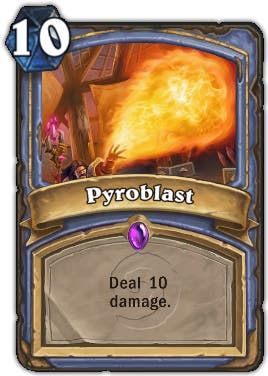
Blizzard obviously has a lot of time for the Mage, Jaina Proudmoore, given that she is the first class available in Hearthstone, but she also became something of a headache as the game got further into closed beta, running rampant in tournaments and ranked play and eventually becoming pretty much the only subject of patch four, which tackled her "frustrating" Freeze mechanic.
Nerfing the Mage's iciest spells definitely made the game more interesting again, but the problem was Jaina also blew a lot of hot as well as cold. One fiery spell in particular, Pyroblast, became the bane of all our existences. If your Mage opponent had one card in their hand throughout a game that they seemed to leave untouched, even as their cursor flickered across the others, then you knew it was Pyroblast: 8 mana cost, 10 damage, paying no mind to Taunt or any other defence.
As Blizzard put it when it raised the cost to 10 mana, "The 8-cost Pyroblast made for an un-interactive experience where the Mage only needed to do 10 damage during the course of a game and then double-Pyroblast you for the win. We want Mages to be more interactive with the opponent to achieve victory, rather than delay the game until they can Pyroblast."
Pyroblast remains hideously powerful. It means that if you're playing against a Mage you are still vulnerable even if you can stabilise your health around 10 by turn 10. But at least now you can't be subjected to an 8-cost Pyroblast boosted by a 2-cost spell-damage-buffing Kobold Geomancer, or backed up by Jaina's 1-damage hero power.
More than the Freeze changes, the tweak to Pyroblast has meant that the Mage is now just a good class, rather than the most deadly of the lot.
Job's done?
There will always be debate about the efficacy of card changes in a game like Hearthstone, but as far as I'm concerned Blizzard has done a lot of good in the last few months, demonstrating caution and decisiveness at the right times. "We want players to find their own creative solutions to different decks, not to wait for us to nerf the flavour the month," Eric Dodds wrote on the Hearthstone website, and that makes sense to me and seems to be borne out by the developer's actions.
With that said, we're bound to see the occasional "emergency" change, to use Dodds' word, depending on how things play out - and the influx of new cards with the Adventure packs and expansions is likely to create unexpected difficulties that may need further changes.
Whatever happens, though, at least you'll never run into a 2/3 Defias Ringleader again, and at least Anduin Auto-win got his damn medicine. Let us know in the comments which card changes you found interesting during the closed beta or, if you like, which you think still need a kick this way or that.
And if for some reason you're reading this but not playing Hearthstone, give it a go! Our Hearthstone beta review is full of reasons to do so.
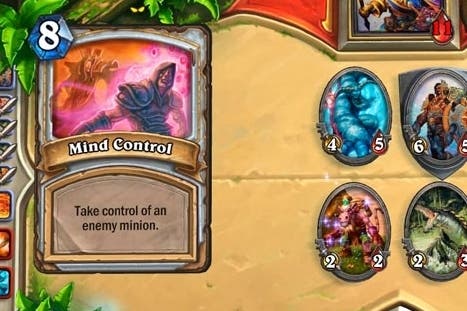


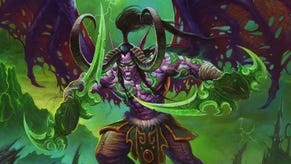
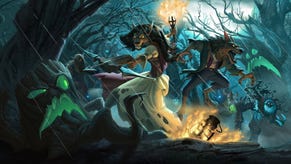
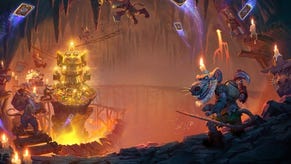
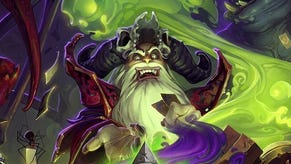

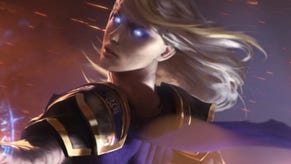
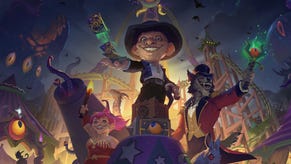


-3-31-23-screenshot.png?width=291&height=164&fit=crop&quality=80&format=jpg&auto=webp)

